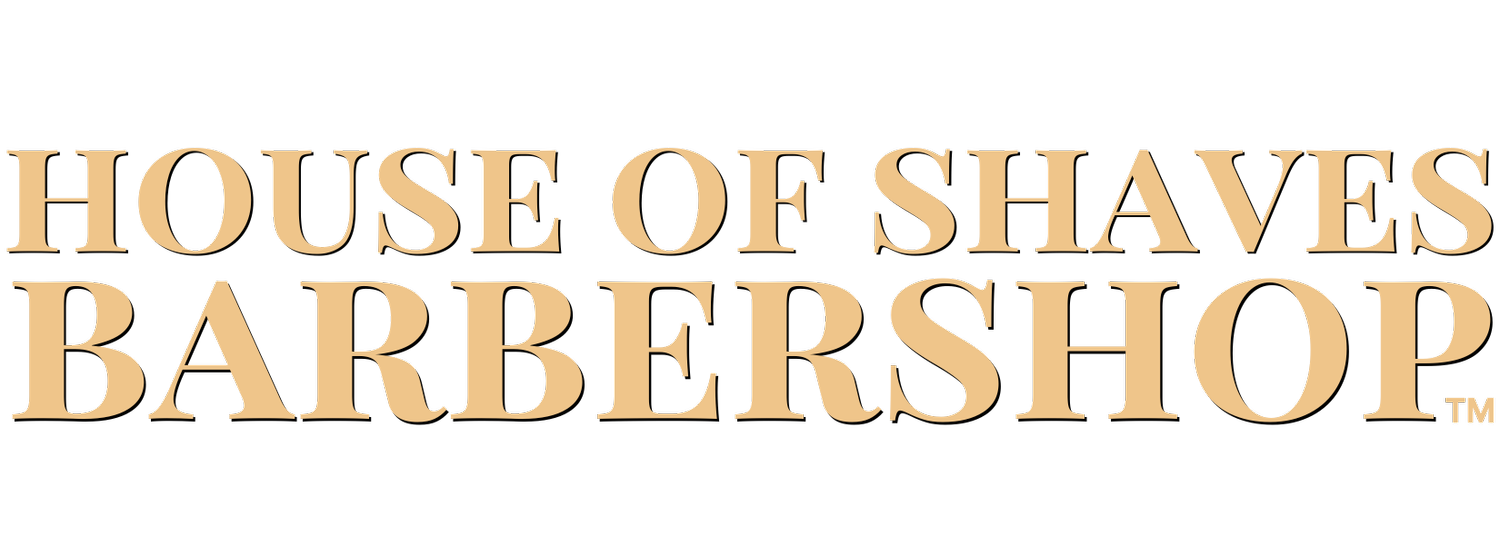Barbershops have been a staple in society for centuries, serving as a place for men to not only get a haircut, but also to socialize and bond with other men in their community. But how did these establishments come to be, and how have they evolved over time? In this blog post, we will take a look at the history of barbershops and how they've changed throughout the years.
Ancient Barbershops
Barbershops have been around for thousands of years, dating back to ancient civilizations such as Egypt, Greece, and Rome. In these societies, barbers were considered to be skilled tradesmen, and were often called upon to shave and groom not only men, but also women and children. They used tools such as sharpened stones and bronze razors to give haircuts and shave beards. In ancient Egypt, barbers were also responsible for treating injuries to the head and neck, making them a vital part of the community.
Middle Ages and Renaissance
During the Middle Ages, barbershops were a common sight in towns and cities across Europe. They were often located near the town square or market, making them easily accessible to the community. Barbers during this time period were not only responsible for cutting hair and shaving beards, but also for performing surgical procedures such as bloodletting and tooth extraction. In the Renaissance, barbershops became even more prevalent and played a key role in the social scene of the cities. They were meeting points for the upper class and wealthy merchants, where they could exchange news and ideas while getting a haircut.
Barbershops in the 1800s and 1900s
As the 1800s progressed, barbershops began to take on a new form. They became more sophisticated and luxurious, with plush furnishings and elegant decor. Barbers during this time period were considered to be more of an artist than a tradesman, and were highly skilled in the latest hairstyles and grooming techniques. In the early 1900s, barbershops continued to evolve and became a place where men could relax and be pampered while getting a haircut. They were often equipped with amenities such as leather chairs and magazines, making them a popular destination for men of all ages.
Current Barbershops
Today, barbershops continue to be a popular destination for men looking for a great haircut and grooming services. They have come a long way from the ancient barbershops of Egypt and Rome, but still maintain the same sense of community and camaraderie that has always been at the heart of these establishments. With the rise of men's grooming and the focus on self-care, the future of barbershops looks bright. Many modern barbershops now offer a wide range of services such as hair styling, hot towel shaves, and even grooming products, making them a one-stop-shop for men's grooming needs.
Conclusion
The history of barbershops is a fascinating and varied one, spanning thousands of years and multiple civilizations. From ancient barbers who were skilled in both hair cutting and surgical procedures, to the sophisticated and luxurious establishments of the 1800s, barbershops have evolved to meet the changing needs of men throughout the years. Today, they continue to be a popular destination for men looking for a great haircut and grooming services, and with the rise of men's grooming, the future of barbershops looks bright. Understanding the history of these establishments gives us a deeper appreciation for the role they have played, and continue to play, in society.
